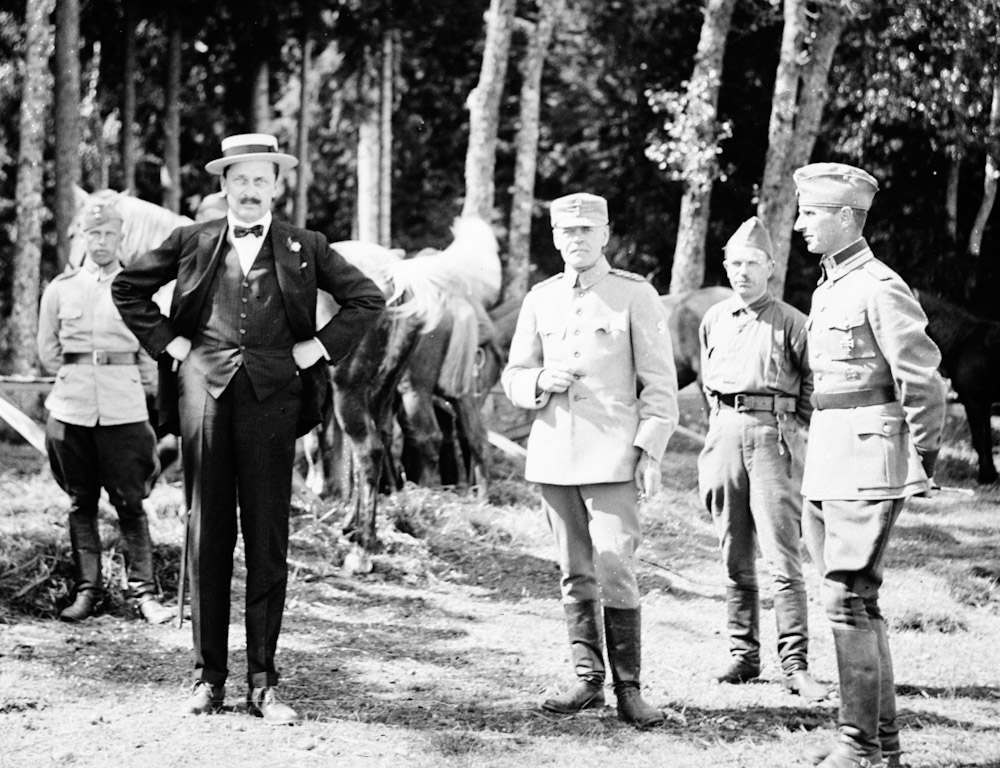
Carl Gustaf Emil Mannerheim (1867? 1951) was a Finnish military leader and statesman. Mannerheim became the national hero of the Finns at the beginning of our independence. In 1919, Mannerheim moved his church book to Hanko, and in the winter of 1920, he rented a villa on the Great Mäntysaari, which was named Stormhälla, Storm Rock.

Mannerheim became a national hero of the Finns in the early stages of our independence. Liberation from the yoke of Russia was personified in him. Mannerheim knew his Russia, having first served the Emperor as an officer on several fronts in World War I, but moved west when the Bolsheviks came to power. Mannerheim was seen as the solver of our own traumatizing civil war and the guarantor of peace. Also, his personal relations with Europe were valued when small, independent Finland was in need of international recognition.
When, in addition to all this, Mannerheim's character was pleasing to the general public, handsome, noble-natured, a good companion, exemplary in his public behavior and European par excellence in his culture, there were the ingredients of a direct personality cult. And the admiration was not only limited to Finland, but "the charisma, posture and even walking style of the cosmopolitan nobleman and heroic general were admired all over foreign magazines".
In 1919, Mannerheim moved his church records to Hanko. Independence allowed Mannerheim to apply for a divorce through the Finnish court, as his wife had already moved to Paris for the rest of her life in 1901, and his two daughters also lived abroad. 52-year-old Mannerheim was a free man. In the winter of 1920, he rented a villa on Suure Mäntysaari for himself, which he named Stormhälla, storm rock. Soon it was renovated and expanded. Architect Jarl Eklund.
Café Afrika, which operated in the neighboring island, was known for its "strong tea" at the time of the prohibition law, which officially got its "stronger than a man" strength only from the customers' own pocket mats. The commotion of the drunks disturbed Mannerheim, who bought the cafe for himself. Guided by his unfailing sense of style, Mannerheim created a unique cafe. Even the name The Four Winds Hut is like a verse from an oriental poem.
The model was a French country restaurant. The tablecloths were blue and white checkered and decorated with lily patterns, the crockery was blue and white, the chairs were stained dark, and they had rope braided seats. There were little bells on all the tables, sconces with two candles on the walls, reed carpets on the floors and red geraniums on the windows. On the shelf, a row of fun, peasant-style earthenware dishes that had been collected from different parts of France. The black uniform of the waiters included a white, lace-decorated apron in the Bretagne style. And like the cherry on top of the cake, the specialties of the Four Winds hut were serving our own coffee blend and a cake made with our own recipe.
Mannerheim always enjoyed his breakfast at 9 o'clock at the same corner table: coffee and an egg sandwich, the egg of which had been boiled for 4.5 minutes. Only after this were the doors opened to customers. In the evening, at closing time, Mannerheim came back to count the cash register. The 1920s sounds like a serene time in Mannerheim's life. He preferred to start his summer day with a morning swim. He enjoyed the sea air, rode his horse Neptun or walked as he pleased. Famous people from Europe visited him, and he himself traveled as their guest. Socializing, the arts, music and literature were natural entertainment for him, and even in Hanko he was seen in the audience of several cultural events.
Mannerheim's photo still adorns the wall of the Four Winds hut restored by Nixu Knichter, a restaurateur from Hanko. It is said that on the same day that Mannerheim died in 1951, the painting fell from the wall.
Text: Sampsa Laurinen
Photos: Mannerheim Museum's photo archive, Hanko Museum. Coloring of pictures: Jussi Luostarinen. Sources: : Birgitta Ekström-Söderlund: In Hanko as abroad, Hanko Museum Publication Series no. 22, 2003. Esa Lilja: Mannerheim, who lost the presidential election, fled to become a cafe owner in Hanko, HS.

This story has been produced with the support of the Svenska Kulturfonden.

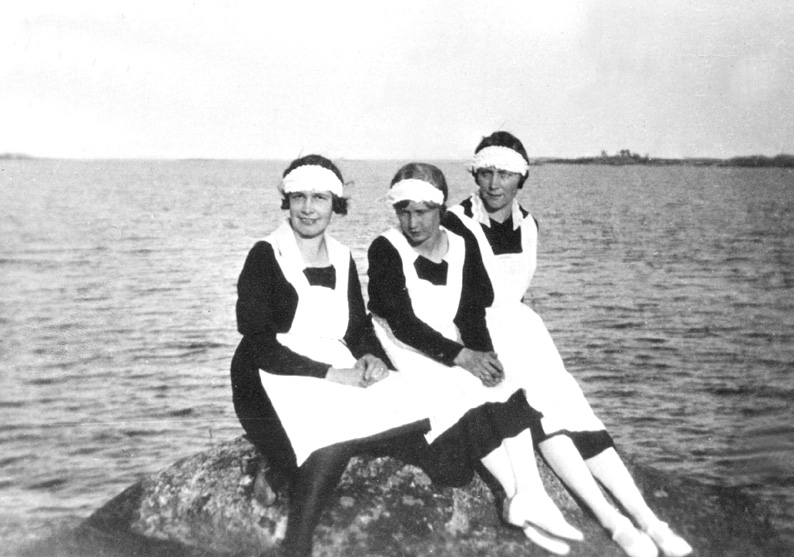
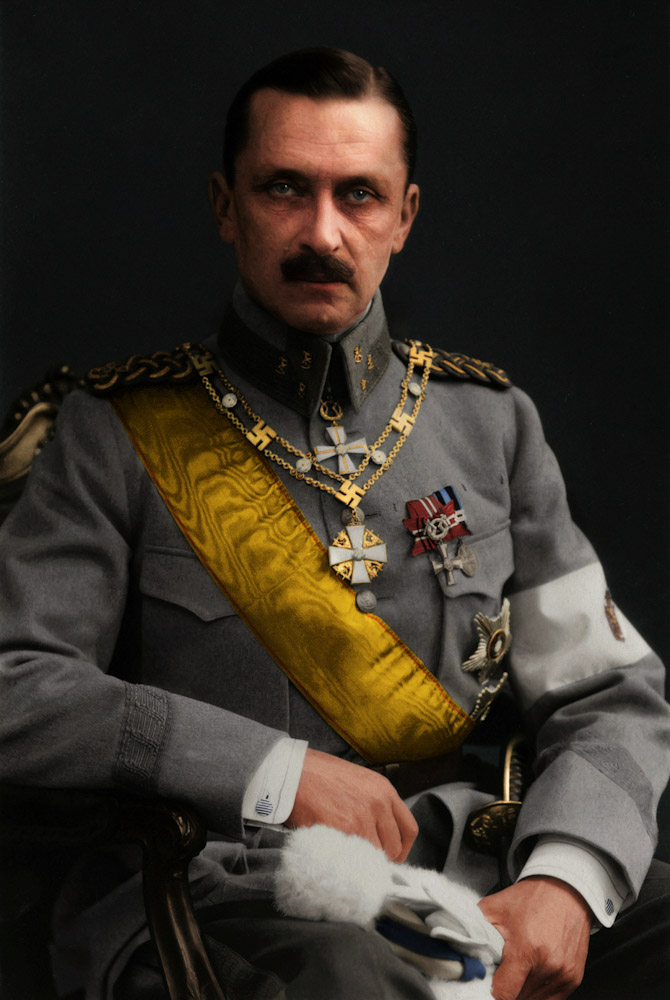
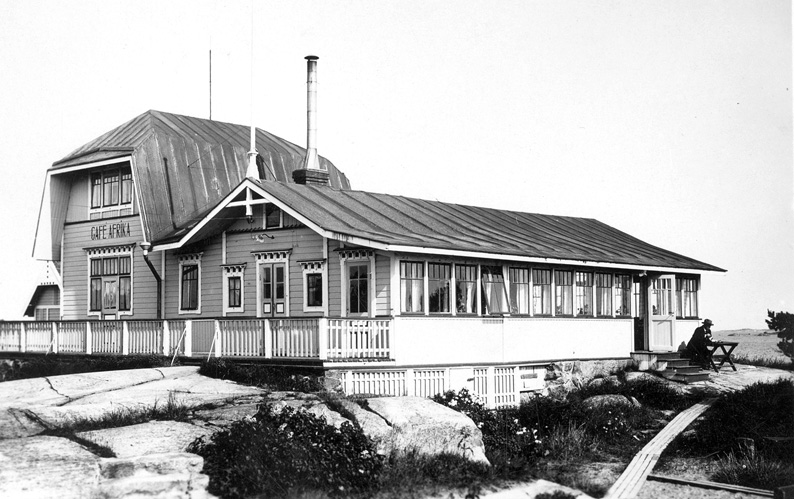
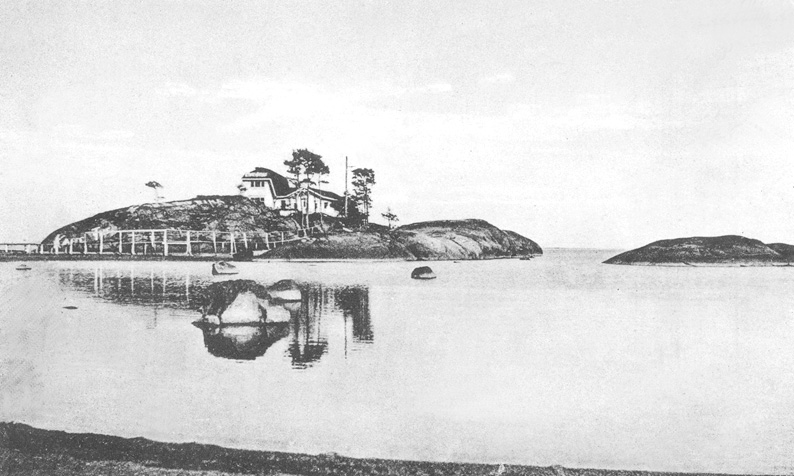
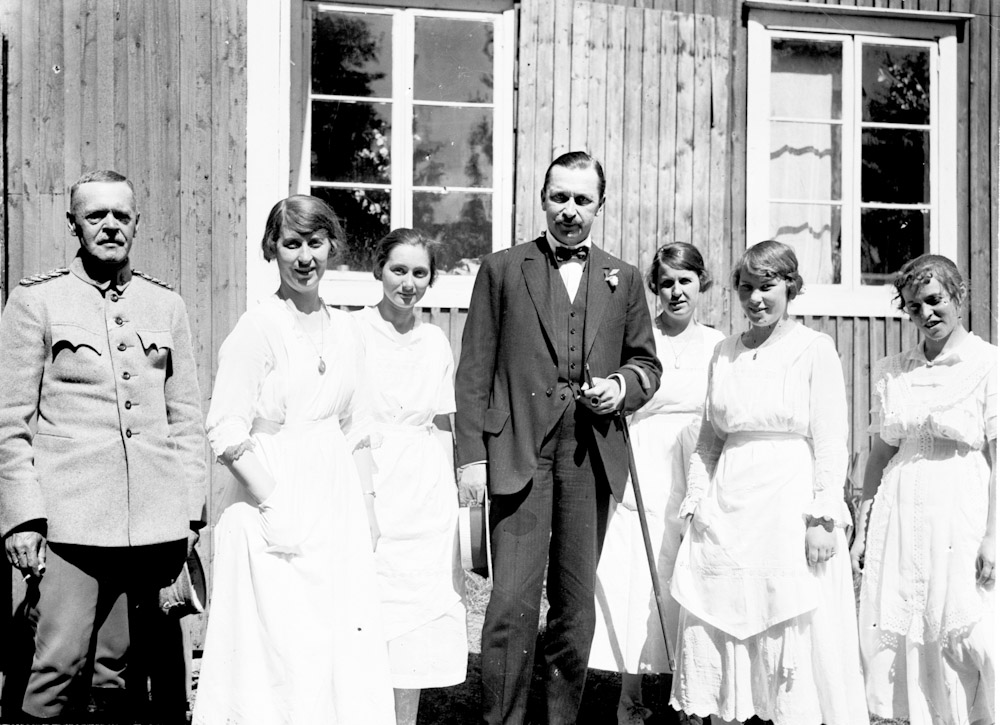
This has not been reported in other media.